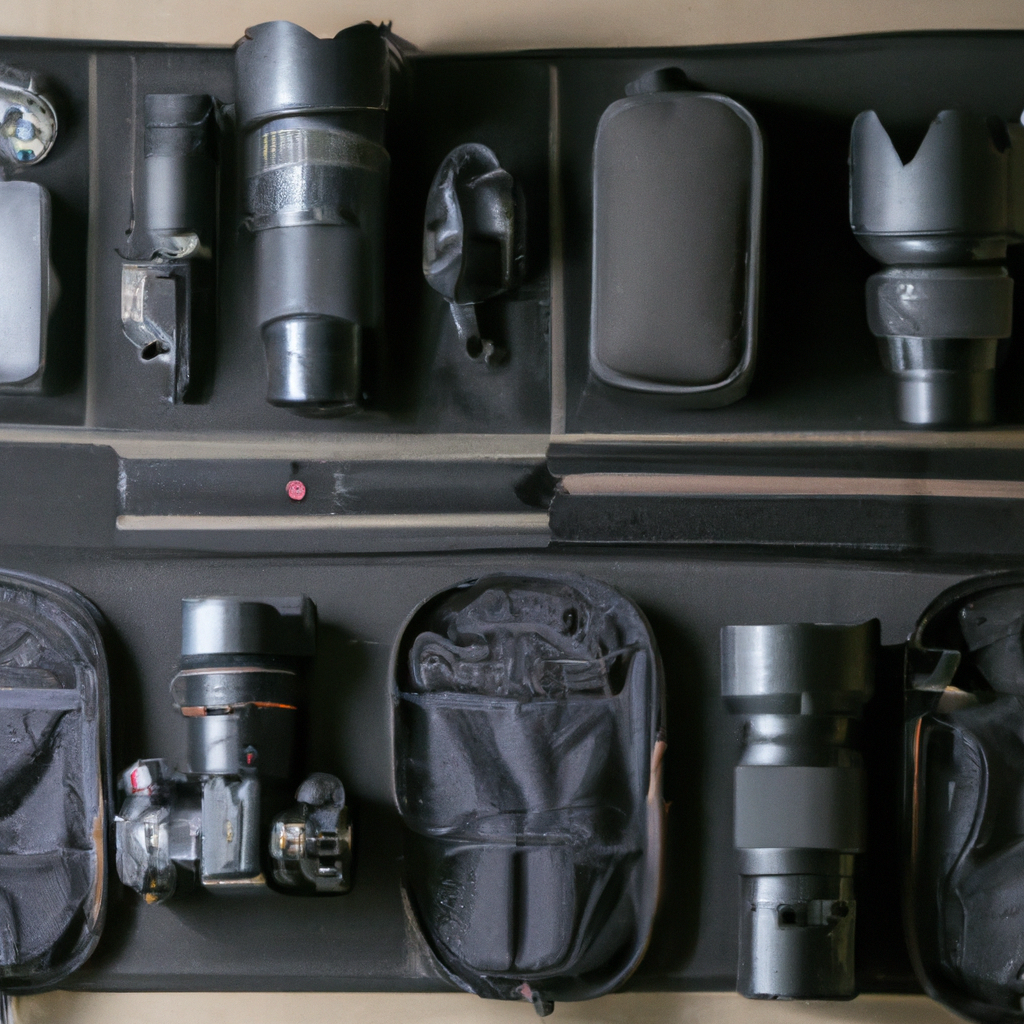For the avid photographer seeking to capture the perfect shot on their next international expedition, packing the right gear to satisfy creative needs can be a tricky task. From cameras and lenses to essential accessories and accessories, packing light while still shooting right is the ultimate challenge, and getting the balance right can be difficult. In this article, we’ll cover the essential equipment and tools needed to make sure you’re properly prepared and primed to take on-location photography to the next level.
1.Fine-Tuning Your Travel Photographic Gear
If you want to take your travel photography to the next level, a few adjustments to your photographic gear will go a long way. Here are some tips to help you get the best photos out of your equipment:
- Choose the Right Camera: Depending on your style of photography and your budget, you can choose between a point-and-shoot camera or a DSLR. For extreme climates and varied locations, a DSLR is your best bet. It offers more flexibility and better image quality.
- Invest in the Right Lenses: When it comes to travel photography, it’s important to have the right lens for the job. Invest in a wide angle lens for sweeping landscapes and a telephoto lens to capture animals from afar. Make sure to buy a sturdy lens to withstand the elements.
- Pack Extra Batteries and Memory Cards: A drained battery or a full memory card can put an abrupt end to your shooting session. Always pack extra, just in case. It helps to bring along a portable charger, so you can recharge your batteries in the field.
- Carry a Tripod: When shooting in low light, a tripod will come in handy. It allows you to take sharp images with little to no blur. Plus, it’s great for taking selfies and group shots.
Finally, it’s important to protect your gear from damage. Invest in protective cases and always make sure your equipment is clean and ready for use. With a bit of preparation, you can take stunning shots and make your travel photography stand out.
2.Unpacking the Necessities for Lightweight Photography
As a photographer, you want to stay lightweight in order to achieve the perfect capture during your shoot. Knowing what to bring with you is essential for an enjoyable and successful excursion. Here are some must-haves for a great photography session:
- Camera and Lenses – You should only bring what lenses and equipment you need to use based on the style of photography you’re doing.
- Spare Batteries – Take several spare batteries with you so that you’re not left without power in the middle of a shoot.
- Memory Cards – Always have an extra memory card stored safely in case yours gets full or broken.
- Tripod – A good tripod will help you get smooth and non-shaky shots or the perfect time-lapse.
- Photo-editing Software – Having photo-editing software on hand before you get back from your trip means that you can start editing the moment your memory cards are full.
These are only a few of the many items you can pack for lightweight photography, but they’ll get you started. Once you become more familiar with the type of photography you’re doing, you can take the necessary steps to bring other items that can enhance your experience.
3.Compacting Your Equipmment for Maximum Efficiency
Using the right sized equipment for the job is the key to maintaining maximum efficiency. Compacting your equipment can help you do the job quickly and easily; here are a few tips to keep in mind:
- Ensure you have the right sized/capacity equipment for the job, including the right attachment.
- Ensure your equipment is properly serviced and maintained to its maximum capacity.
- Always use digging tools that are appropriate for the job and environment.
Efficiently using the right sized equipment and tools will reduce the time it takes to complete the job. A skid steer loader or a mini excavator are perfect when compacting in tight spaces where other machinery cannot reach. This will significantly reduce overall labor time while providing effective compaction and maximum efficiency. Be sure to follow your manual on compaction and regular maintenance for best results.
4.Travel Photography Tips: Striking the Right Balance
Travel photography is an art, and the goal should be to capture the culture and beauty of a destination without sacrificing its authenticity. Striking the right balance between the two is often challenging, but with a few tips, you can create stunning photos that reflect the true essence of your travels.
Technique: Be mindful of the different techniques available to you. Shoot with natural lighting when possible and experiment with creative perspectives. Incorporate movement into your shots with long exposure and blurred shutter speed techniques.
Composition: Studio photography conventions don’t always translate to travel photography, so be mindful of the composition that best captures the environment. Try the rule of thirds, which is dividing your frame into three equal parts for balanced composition.
- Don’t forget the small details—they’re often what give the viewer a window into the environment and culture.
- Incorporate more than one element in your shot, such as a passing vehicle or the silhouettes of people.
- Give some priority to shape, texture, and form, and prioritize visuals with impact.
Personalization: Add your own personal touches to create one-of-a-kind photos. Have a theme for your trip or specialize in certain subjects and be intentional with your shots. Identifying what it is that your photos convey about the place or the experience adds a storytelling element to your photos.
For all of you who aspire to break out of the everyday and capture unforgettable memories, don’t forget: with the right gear, anything is possible. Here’s to packing light and shooting right on your next journey – happy travels!



